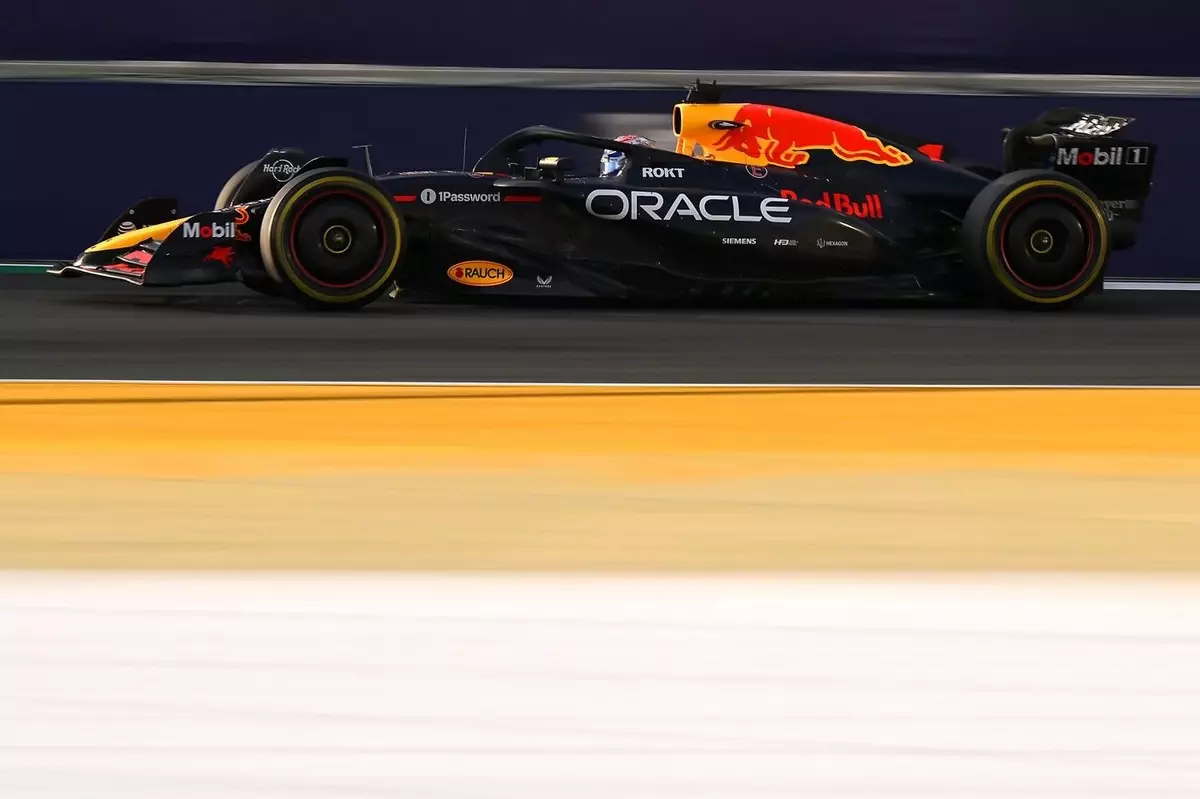In the dynamic world of Formula 1 racing, success is often measured in seconds. Yet behind every triumphant finish, there lurks the potential for chaos. The current climate surrounding Red Bull Racing serves as a striking case study. Despite being on the brink of another championship with Max Verstappen, signs of disarray and underlying issues are hard to overlook. The juxtaposition of winning races while grappling with internal crises explores a deeper contradiction: can an organization effectively function amid brewing problems without being significantly impacted? Red Bull stands at this intersection, showcasing that even the most successful teams can harbor turbulent dynamics beneath the surface.
Understanding the Nature of the Crisis
It’s easy to dismiss concerns about Red Bull’s performance as mere media dramatization when they have just racked up victories. However, what appears to be a seamless machine on the racetrack belies serious questions emerging about the team’s internal operations. Tensions became palpable after odd results in practice sessions where both Verstappen and fellow driver Yuki Tsunoda placed lower than expected. The sight of the team’s leadership gathering for what was labeled “crisis talks” raises eyebrows. While team principal Christian Horner shrugged off this interpretation, asserting they were merely “discussions,” there are undeniable implications when key figures convene urgently post-race.
The sheer act of senior heads sharing a room post-competition signals urgency, albeit Horner’s attempts at downplaying it. The truth is the discrepancies between simulation results and actual performance reflect deeper organizational challenges at Red Bull—issues that cannot simply be erased with pep talks or strategic posturing. This breakdown in correlation has implications far beyond mere race day performance; it hints at a fracture in the foundation of Red Bull’s operational integrity.
The Vital Role of Engineering
At the core of Red Bull’s struggles lies the engineering realm—a domain where even the smallest miscalculation can lead to significant ramifications. The team’s struggles with aerodynamics are particularly critical. Horner has frequently labeled Red Bull’s wind tunnel—a “relic of the Cold War”—as a significant barrier. Yet, the need for state-of-the-art facilities is increasingly pressing as rivals improve their methodologies while Red Bull stagnates with outdated gear.
The wind tunnel’s fundamental limitations have been cited as a cause of inconsistent performance. If the data generated fails to replicate expected conditions, how can the team trust its findings or build upon them? The pressure is mounting as the rules governing F1 evolve and competition tightens, compelling Red Bull to expedite upgrades that have been promised but not yet realized. What unfolds next in their race for innovation will raise pivotal questions: is the team capable of translating on-paper promises into on-track reality?
Fraying Unity Amidst Pressure
While inner turmoil can manifest at any organization, Red Bull’s elite status heightens the stakes. Tension inevitably arises as Verstappen—an undeniably talented driver—grows impatient with a car that fails to meet expectations. The successful drivers at this level demand precision and predictability from their machines, both of which Red Bull appears to struggle to deliver.
Such internal conflicts may seem like the backdrop of a routine operation, but when they collide with a championship narrative, vulnerabilities emerge. The high-pressure environment of Formula 1 intensifies emotions and affects team dynamics. If a star driver’s discontent grows rooted in a lack of performance reliability, can Red Bull maintain cohesion among team members, or will tensions spill over and taint their public image?
What Lies Ahead for Red Bull?
With the competitive landscape evolving rapidly, the most pressing question for Red Bull is whether they can address these threats effectively. The distinction between short-term victories and long-term stability is crucial. A cluster of victories may provide a false sense of security and mask systemic issues that demand immediate address. If they fail to recalibrate their engineering processes while navigating heightened expectations, they risk compromising their legacy.
Moreover, as other teams catch up in terms of performance and innovation, complacency could signal the erosion of their competitive edge. Understanding that achieving a harmonious balance between performance and internal alignment is essential for sustaining success, Red Bull stands at a critical juncture. What will this iconic team orchestrate in their upcoming strategies? The quirks of fate and the twists of performance will certainly dictate whether they emerge as a refined powerhouse or slip into the shadows among their competitors.

